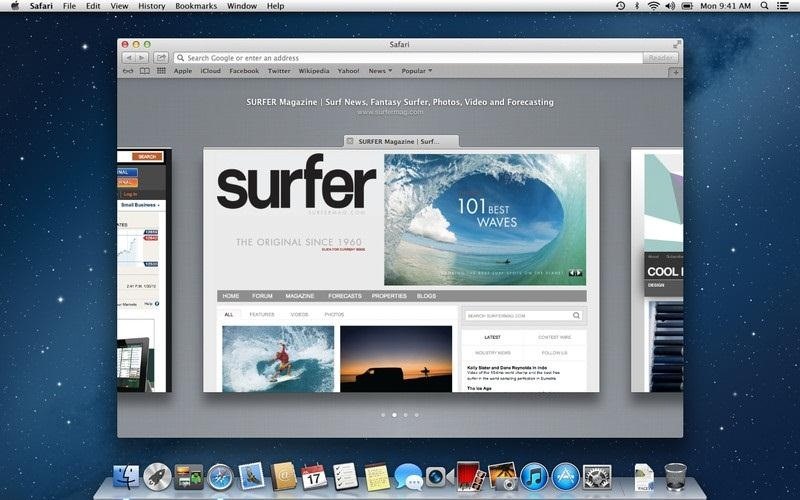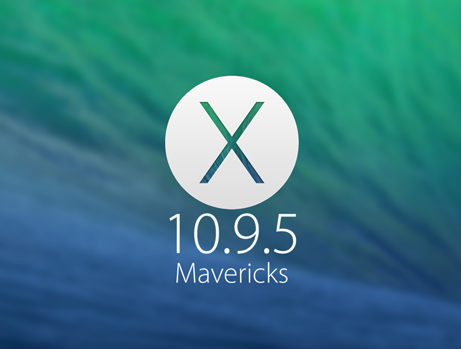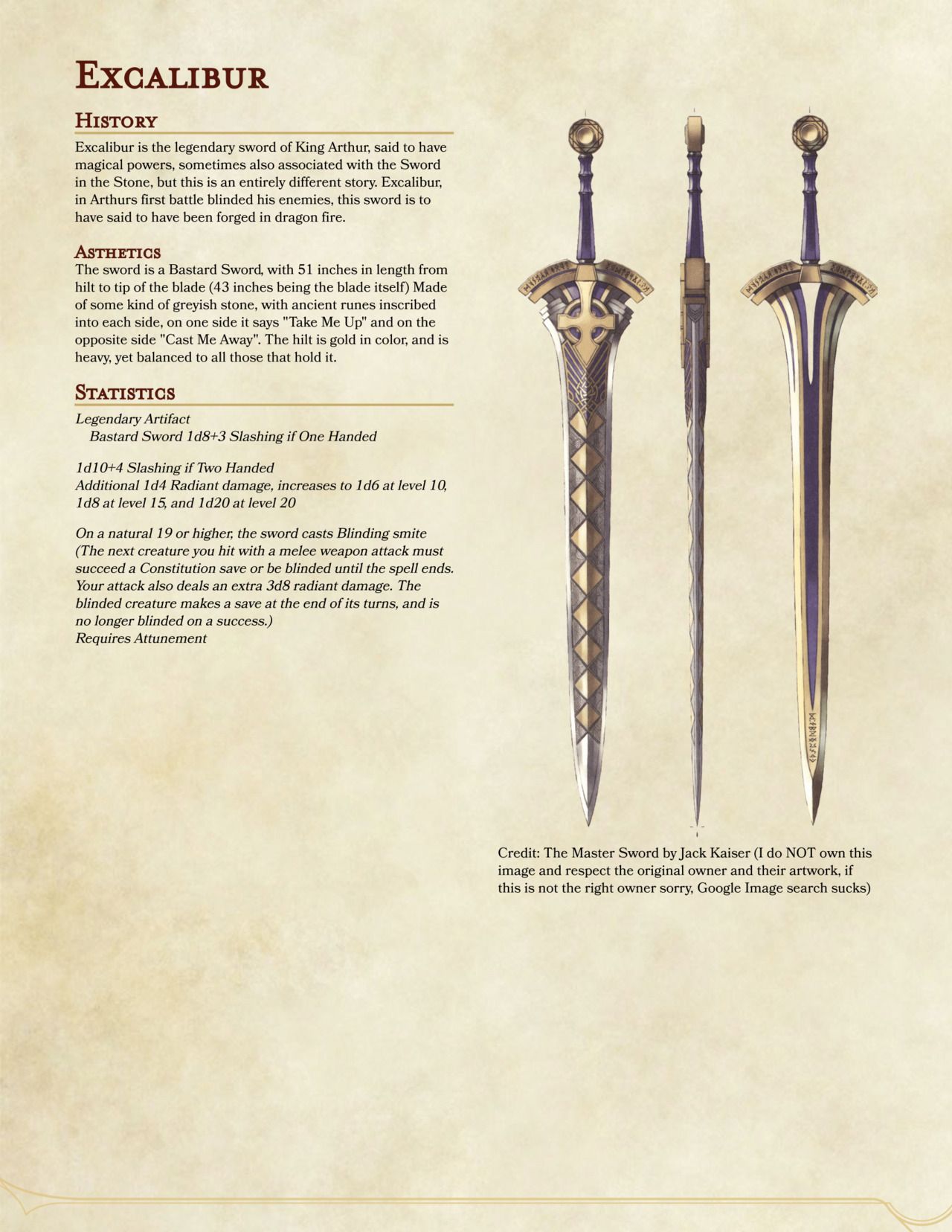

- #Download mac os x 10.9 installer dmg to usb how to
- #Download mac os x 10.9 installer dmg to usb install
- #Download mac os x 10.9 installer dmg to usb upgrade
Keep holding the key until the Mac boot manager launches and shows you the available boot disks. Then reboot the Mac while holding down the Alt/Option key on your keyboard. To use it, insert your disc or attach your USB drive to your Mac.
#Download mac os x 10.9 installer dmg to usb upgrade
Once either step is complete, you’ll have a bootable OS X Installer that you can use to quickly upgrade your Macs in the future without having to download the installer from the Mac App Store. Navigate to your Desktop and choose the InstallESD file you copied earlier, then click “Burn” to start the process. Choose “Images” from the Menu Bar, and then “Burn.” Disk Utility will ask you which image you’d like to burn.
#Download mac os x 10.9 installer dmg to usb install
To create an Install DVD, insert a blank dual-layer DVD and open Disk Utility. Enter it and then sit back and wait for the restore to complete. Disk Utility will then ask for an administrator password. Disk Utility will warn you that this process will delete the contents of your USB drive and ask you for confirmation. This is telling Disk Utility that we want to take the contents of the OS X Installer image and copy it exactly to our USB drive. Drag the InstallESD image from your Desktop and drop it over the Source box, then drag the USB drive from the list in Disk Utility and drop it on the Destination box. You’ll see two fields: Source and Destination. Find your target drive in the list on the left and select the “Restore” tab on the right. Mount your drive or disc of choice to your Mac and launch Disk Utility. An external hard drive is also an option, although you’d want to create a partition specifically for the OS X Installer so as not to waste the entire drive’s capacity. A USB drive is fast and durable, but you can also burn the image to a bootable dual-layer DVD.
%2BFinal%2BSetup%2BUpdate%2B.DMG%2BFile%2Bvia%2BDirect%2BLinks.png)

Now you’ll need to decide what you’d like to use for your installation media. Copy it from the installer package to your Desktop. This is the disk image we’ll need to create a local OS X installation disc or USB drive. Right-click (or control-click) on this file and select “Show Package Contents.” This will reveal the “guts” of the Installer’s application package.ĭrill down to Contents > SharedSupport and find the “InstallESD.dmg” file. Here you’ll find an app called “Install OS X 10.8 Mountain Lion” or something similar depending on the version of OS X you downloaded from the Mac App Store. Open Finder and navigate to your Applications folder. Quit it by pressing Command+Q we don’t need the installer application, just what’s inside it. Once it’s complete, the OS X Installer will automatically launch. OS X is a multi-gigabyte file so the download process may take a while depending on your connection speed. Find your desired version of OS X in the list and click the “Download” button to the right. If you’ve already purchased OS X, open the Mac App Store and head over to the “Purchases” tab. Note that you can always re-download the version of OS X that came with your Mac for free.Īs of the date of this article, OS X 10.8 Mountain Lion is the current OS, although the recently-announced OS X 10.9 Mavericks is right around the corner.
#Download mac os x 10.9 installer dmg to usb how to
Here’s how to create your own USB or DVD Installer for OS X.įirst, you’ll have to purchase a copy of OS X from the Mac App Store if you don’t already have one. This approach brought many benefits, such as not having to keep and safeguard a physical disc, immediate access to the OS when purchased instead of having to wait in line, and server-side updates to the downloadable installer so that the most current version of OS X is always installed when updating new machines.īut what if you’ve just installed a new hard drive in your Mac and have no version of OS X with the Mac App Store? Or what if you don’t have a reliable Internet connection? In these cases, it’s always best to have a physical local copy of the OS X installer. Instead of a traditional disc, customers could now purchase and download OS X directly from the Mac App Store. With the release of OS X 10.7 Lion in 2011, Apple officially abandoned physical media for its operating system installations. For OS X Mavericks, see this updated process. UPDATE: Apple has changed the process for creating a USB installer with OS X Mavericks and the method below no longer works.


 0 kommentar(er)
0 kommentar(er)
